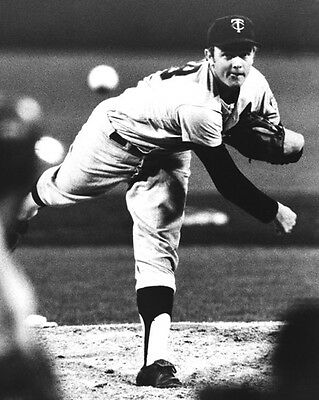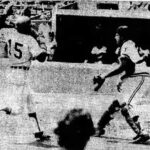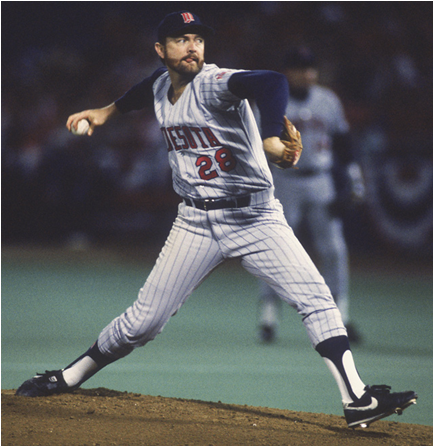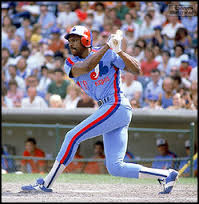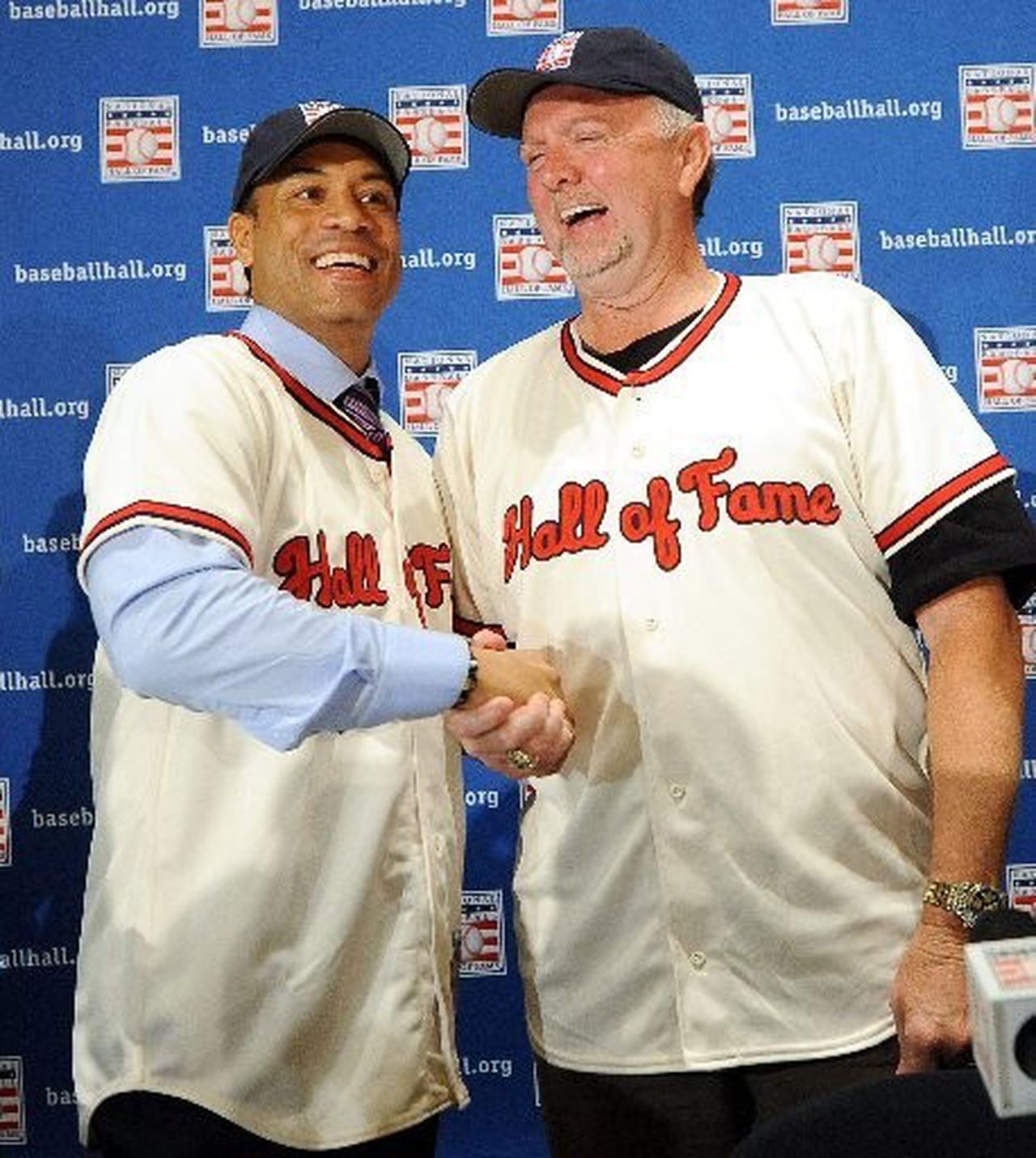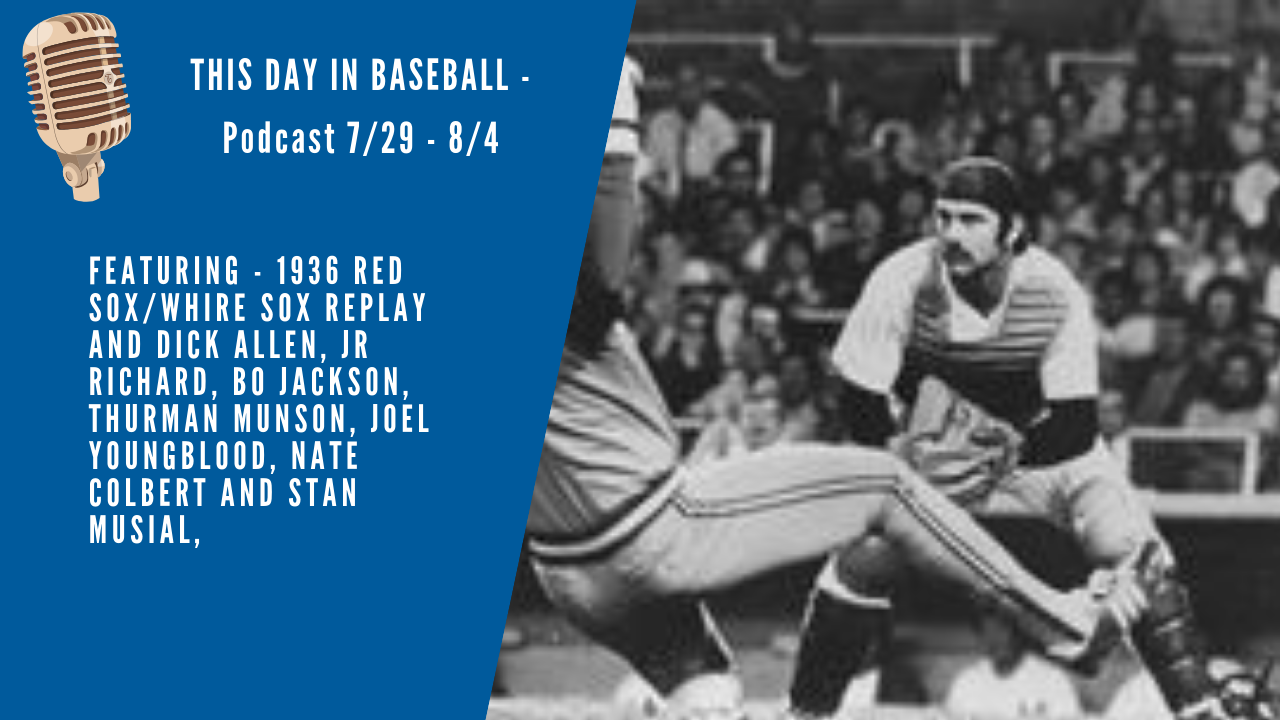Bert Blyleven Stats & Facts
Special Memory or Event? Want to have some fun? Advertise your business? Dedicate this page
Bert Blyleven
Position: Pitcher
Bats: Right • Throws: Right
6-3, 200lb (190cm, 90kg)
Born: April 6, 1951 in Zeist, Netherlands
Draft: Drafted by the Minnesota Twins in the 3rd round of the 1969 MLB June Amateur Draft from Santiago HS (Garden Grove, CA).
High School: Santiago HS (Garden Grove, CA)
Debut: June 5, 1970 (13,013th in major league history)
vs. WSA 7.0 IP, 5 H, 7 SO, 1 BB, 1 ER, W
Last Game: October 4, 1992
vs. TEX 4.2 IP, 12 H, 3 SO, 0 BB, 6 ER, L
Hall of Fame: Inducted as Player in 2011. (Voted by BBWAA on 463/581 ballots)
View Bert Blyleven’s Page at the Baseball Hall of Fame (plaque, photos, videos).
Nicknames: Frying Dutchman
Pronunciation: \BLYE-lev-en\
Twitter: @BertBlyleven28
View Player Info from the B-R Bullpen
View Player Bio from the SABR BioProject
Notable Events and Chronology for Bert Blyleven Career
Possessing the premier curveball of his era, Bert Blyleven carved out a great career despite frequent accusations of underachievement. Born in the Netherlands, Blyleven was raised in Southern California; his father piqued his interest in baseball by taking him to see Sandy Koufax pitch for the Dodgers. After just 21 minor-league starts, Blyleven was called up by the Twins on June 2, 1970. At the age of 19, he was the youngest player in the majors. He gave up a home run to the first batter he faced, Lee May, but Blyleven settled down to win the first of ten victories and went on to be named AL Rookie Pitcher of the Year by the Sporting News.
Blyleven’s arsenal actually featured two curveballs — a “roundhouse” and an “overhand drop” — both of which were gripped across the seams, like his fastball. “I know that Koufax and Bob Feller held both pitches the same way,” said Blyleven late in his career. “But I don’t know of anyone else who does.” Balanced by a full follow-through, Blyleven’s vicious curve was among the best in baseball for nearly twenty years.
Unfortunately, Blyleven’s stellar years early in his career coincided with the collapse of an aging Minnesota club. Despite six straight years of better than 200 strikeouts and five of 15 or more wins with poor teams (in 1971, the Twins scored just 18 runs in his 15 losses) more was expected of him. Critics often contended that Blyleven was more interested in padding his strikeout totals than helping his team.
In response, Blyleven became increasingly resentful. He once greeted Twins fans at Metropolitan Stadium with a sarcastic salute and became even more vocal about his desire to leave after Twins owner Calvin Griffith refused to meet his salary demands in the spring of 1976. On June 1, he was sent to the Texas Rangers with Danny Thompson for Bill Singer, Roy Smalley, Mike Cubbage, Jim Gideon, and $250,000. After the deal, the Twins drastically improved, passing Blyleven’s new club by the end of July and finishing just five games out of first place in the AL West.
Blyleven pitched well enough in his first year with the Rangers (8-11, 2.76 ERA), ending the season with a no-hitter against California on September 22, 1977 in Blyleven’s first start in over two weeks after being sidelined with a pulled groin. He aggravated the injury in the eighth inning but managed to finish off the Angels in the ninth throwing nothing but curveballs — the pitch that hurt the least.
He and John Milner were traded to the Pirates for Al Oliver and Nelson Norman in another blockbuster deal on December 8, 1977, the first four-team trade in major-league history. In 1978, Blyleven led the team in ERA (3.02), strikeouts (182) and complete games; he also had the most RBI (11) of any pitcher on the staff.
Despite helping Pittsburgh to its 1979 World Series win, Blyleven became increasingly unhappy with manager Chuck Tanner’s strategy of going to the bullpen in close games. Tanner never hesitated to employ either of his closers — righty Kent Tekulve or lefty Grant Jackson — when the game was on the line. As a result, even though the durable Blyleven again led the team in innings pitched, 1979 marked the first full season in which he failed to record at least eleven complete games, finishing the season with just four. Openly admitting his pursuit of statistical goals, Blyleven announced his intention to retire on April 30, 1980 unless he was traded. After being placed on the disqualified list, Blyleven agreed to rejoin the Pirates May 13, but the slender righthander was virtually given away to Cleveland in a six-player deal on December 9, 1980.
A severe elbow injury sidelined Blyleven for most of 1982. Unable to throw his curve with the same frequency as he was accustomed to, he struggled in 1983 but rebounded with one of his best seasons (19-7, 2.87) in 1984, using an improved changeup. He might have had a chance for the Cy Young (instead awarded to the Tigers’ Willie Hernandez) had he not been pitching for the sixth-place Indians or if he had not missed three weeks with a freak foot injury suffered after stepping on a ball in the outfield during a pre-game workout. Nevertheless, Blyleven was unhappy playing for the perennially pathetic Indians and forced a trade back to Minnesota in 1985.
His ERA skyrocketed in the Metrodome, but Blyleven continued to accumulate wins and strikeouts. His presence also helped with the development of the Twins’ young starters, such as future Cy Young Award winner Frank Viola. Blyleven maintained a strikeout-to-walk ratio of nearly 3 to 1 while passing the 3,000-strikeout mark in 1986, the same year his eighth AL season with 200 or more strikeouts established a league record.
Never afraid to throw strikes, Blyleven surrendered a major-league-record 50 homers in 1986 (including a club-record five in one game against Texas) and a league-high 46 in 1987. “The year I gave up 50, I think 42 were solo,” Blyleven later recalled. “One time I gave up five in one game, but we won, 11-7. Big deal — I’m just not going to walk anybody.”
Indeed, Blyleven had 196 strikeouts in 1987 — his ninth season of 15 or more wins (15-12) — and turned in outstanding performances in postseason play, winning twice in the LCS and once in the World Series.
After a mediocre 1988 season for the Twins, Blyleven moved on to the Angels and went 17-5 with a 2.73 ERA in 1989, winning the AL Comeback Player of the Year Award. Leading the AL with five shutouts in ’89, he finished the 1980s as the active career leader in that category and trailed only all-time leader Nolan Ryan among active players in strikeouts. (Like Ryan, Blyleven credited his longevity to “healthy legs.”) After a mediocre 1990 with the Angels (8-7, 5.24) Blyleven underwent rotator-cuff surgery again and missed the entire 1991 season. During the year, he made a cameo appearance in the feature film Taking Care of Business. He retired after going 8-12 with a 4.74 ERA in 1992.
@ET-DC@eyJkeW5hbWljIjp0cnVlLCJjb250ZW50IjoicG9zdF90YWdzIiwic2V0dGluZ3MiOnsiYmVmb3JlIjoiTGVhcm4gTW9yZSBhYm91dCB0aGUgdGVhbXMsIHBsYXllcnMsIGJhbGwgcGFya3MgYW5kIGV2ZW50cyB0aGF0IGhhcHBlbmVkIG9uIHRoaXMgZGF0ZSBpbiBoaXN0b3J5IC0gLSAtIC0gLSAtIC0gIiwiYWZ0ZXIiOiIiLCJsaW5rX3RvX3Rlcm1fcGFnZSI6Im9uIiwic2VwYXJhdG9yIjoiIHwgIiwiY2F0ZWdvcnlfdHlwZSI6InBvc3RfdGFnIn19@

